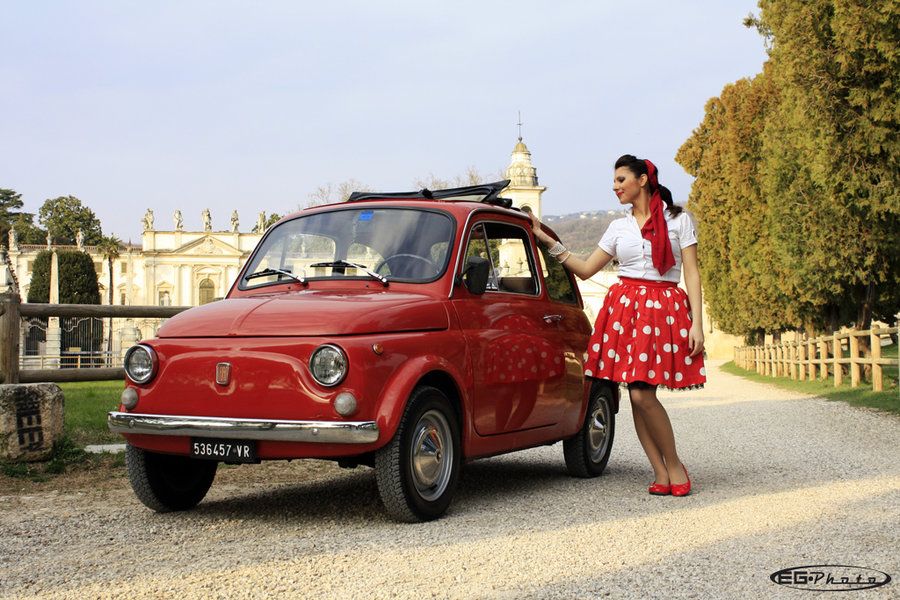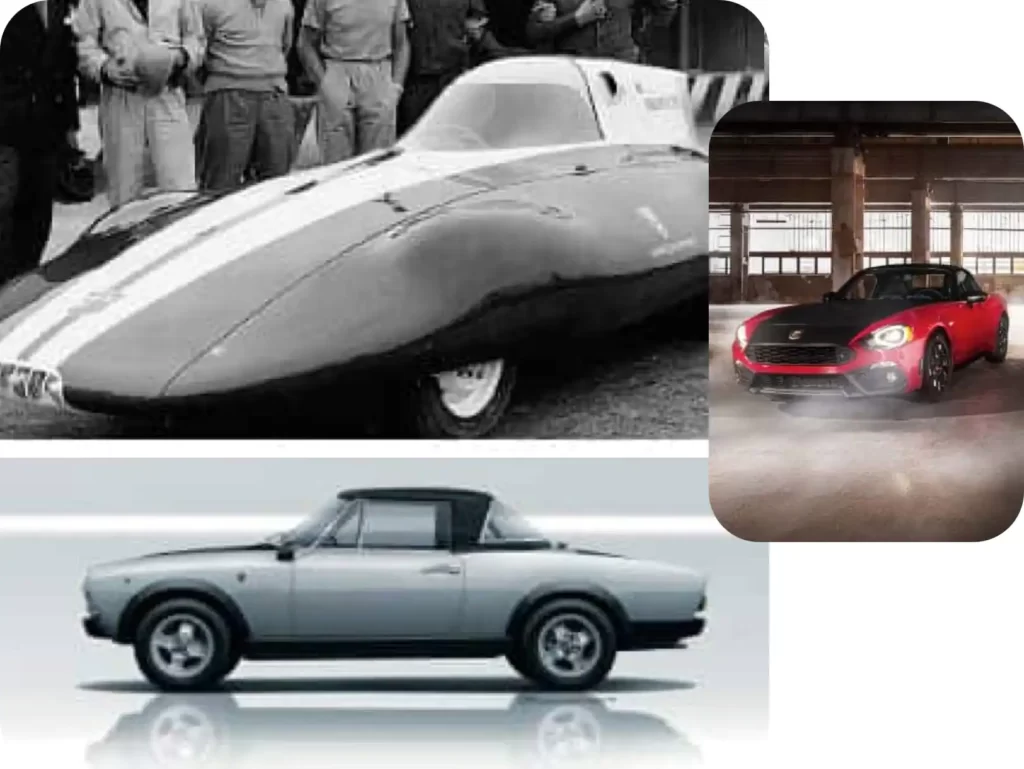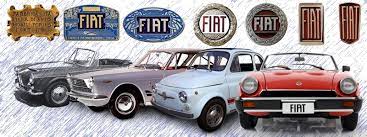Introduction
Fiat is one of the oldest and most well-known car brands in the world. Founded in 1899 in Turin, Italy, the company has been producing vehicles for over a century. From the iconic Fiat 4HP to the modern-day Fiat 500, the brand has gone through many changes and challenges over the years. In this article, we will explore the history and evolution of Fiat cars, highlighting the brand’s milestones, achievements, and interesting facts that have shaped its legacy over the years.

Early Years (1899-1940)
The Fiat 4HP was the first car produced by the company in 1899. It was a small car with a two-cylinder engine and a top speed of 22 mph. Despite its size, it was a commercial success, and Fiat went on to produce more powerful cars like the Fiat 12HP and the Fiat 24-32 HP.
In the 1920s, Fiat became a global brand with the production of the Fiat 501, which was exported to the United States and other countries. The 501 was followed by the Fiat 509 and the Fiat 508, which were both popular in Europe.
During World War II, Fiat’s production was severely affected, and the company had to switch to producing military vehicles. After the war, the company resumed car production with the introduction of the Fiat 500C, which was a small car that became a symbol of the Italian post-war economic boom.
The Post-War Boom (1945-1970)
The 1950s and 1960s were a period of growth and prosperity for Fiat. The company introduced several new models, including the Fiat 600, which was a compact car that became a hit in Italy and other European countries. The Fiat 500 also underwent several updates, including the introduction of the Fiat 500D, which had a more powerful engine and a larger body.
In the 1960s, Fiat also introduced the Fiat 124, which was a mid-size car that was popular in Europe and North America. The 124 was followed by the Fiat 125 and the Fiat 128, which were both successful models.
Fiat also expanded its operations outside of Europe during this period, with the establishment of factories in Brazil, Argentina, and other countries.
The Oil Crisis and Restructuring (1970-1990)

The 1970s were a challenging period for Fiat, as the company struggled to cope with the effects of the oil crisis and increased competition from Japanese car makers. Fiat responded by introducing more fuel-efficient models like the Fiat 127 and the Fiat 131, which were both successful in Europe.
In the 1980s, Fiat underwent a major restructuring, which included the establishment of a joint venture with General Motors and the acquisition of several other car companies. The company also introduced the Fiat Uno, which was a small car that became a best-seller in Europe.
Fiat continued to expand its operations outside of Europe during this period, with the establishment of factories in Asia and Africa.
The Modern Era (1990-Present)
The 1990s and 2000s were a period of innovation and growth for Fiat. The company introduced several new models, including the Fiat Punto and the Fiat Bravo, which were both successful in Europe. Fiat also established a joint venture with Tata Motors in India, which led
o the introduction of the Fiat Linea and the Fiat Grande Punto in the Indian market.
In the 2010s, Fiat faced new challenges, including the global financial crisis and increased competition from other car makers. The company responded by introducing several new models, including the Fiat 500L, which was a larger version of the iconic Fiat 500.
Fiat also formed a partnership with Chrysler, which led to the introduction of several new models in the United States, including the Fiat 500 and the Fiat 500X.
In recent years, Fiat has continued to innovate and expand its operations. The company has introduced several new models, including the Fiat Tipo and the Fiat 500e, which is an all-electric version of the iconic Fiat 500.
Fiat has also established partnerships with other car makers, including PSA Group and Renault-Nissan-Mitsubishi Alliance, to develop new technologies and share production facilities.
Interesting Facts
- The Fiat 500 was the inspiration for the Mini Cooper, which was introduced by British car maker Austin in 1959.
- The Fiat 124 was also sold under different names in different countries, including the Seat 124 in Spain, the Premier 118NE in India, and the Lada 1200 in Russia.
- Fiat has won several awards over the years, including the European Car of the Year award for the Fiat 124 and the Fiat Uno.
- Fiat has also been involved in motorsports, including Formula One, where the company has won several championships with drivers like Niki Lauda and Michael Schumacher.
Conclusion
Fiat has a long and fascinating history, from the introduction of the Fiat 4HP in 1899 to the modern-day Fiat 500e. The company has faced many challenges over the years, including wars, economic crises, and increased competition, but it has always managed to innovate and adapt to changing market conditions.
Today, Fiat is a global brand with operations in several countries, and it continues to develop new technologies and introduce new models. Whether you are a fan of classic cars or modern technology, there is something for everyone in the world of Fiat cars.

